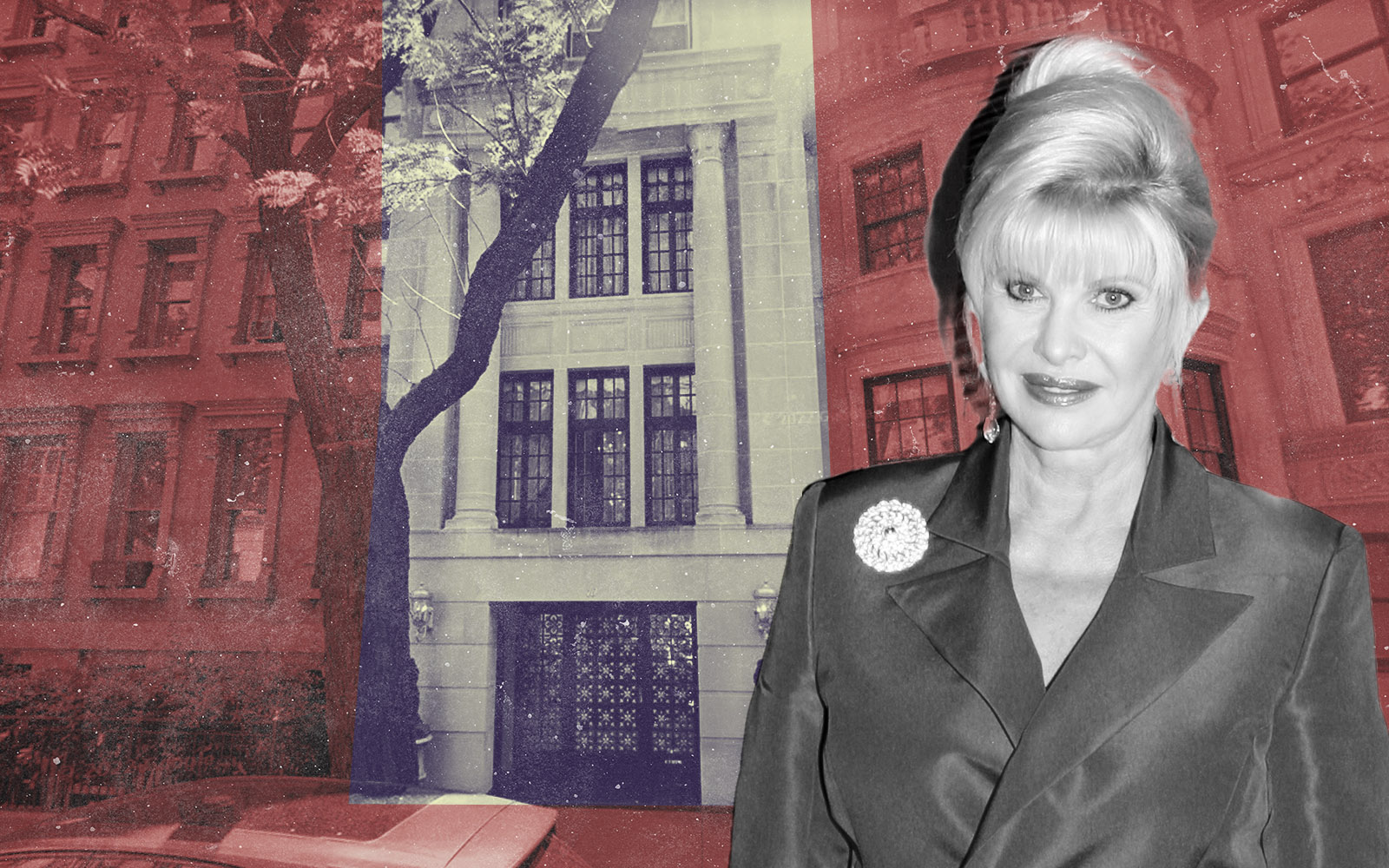The head of Fortress Investment Group’s global real estate business nabbed a Lenox Hill condo last month in a deal with one of New York City’s largest landlords.
Thomas Pulley and Jill Grant Pulley purchased Unit 7A at 40 East 66th Street from developer Vornado Realty Trust for $6.6 million, according to public records.
Vornado redeveloped the 1929 building into luxury condos in 2008. The status of the three-bedroom unit since the conversion wasn’t immediately clear. A StreetEasy listing suggests the 2,400-square-foot apartment was recently renovated, though the timeline is not specified.
The listing agent, Corcoran’s Deborah Kern, declined to comment through a spokesperson for the firm.
The developer redesigned the condo to include an open floor plan in the living and entertainment space. The unit features a wood-burning fireplace, chevron-patterned oak flooring and chef’s kitchen with an island.
Hedge funder Jason Capello was one of the early buyers at the building back in 2009. The former head of Merchants’ Gate Capital paid $15.5 million for a four-bedroom, $16.3 million sponsor unit.
Amenities in the 12-story building, designed by Rosario Candela and Cetra Ruddy, include 24-hour doormen and concierge services, fitness center, playroom and bike storage.
Pulley heads the Fortress Credit Real Estate business and serves as the chief investment officer of Fortress Real Estate Opportunities. Under his watch, the New York-based private equity firm scooped up 100,000 affordable housing units in Japan for $553 million in 2017 with plans to renovate the apartments to house foreign workers newly embraced by the Japanese government.
Read more



Vornado, New York City’s second-largest office landlord, has grappled with financial challenges over the last few months amid rising interest rates and continued remote work. The company’s stock was removed from the S&P 500 in January, and it wrote down the value of its real estate portfolio by $600 million the following month.
The real estate trust announced last month it would suspend its dividend for the rest of the year and sell off some of its portfolio to raise money.
